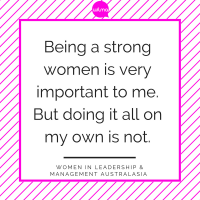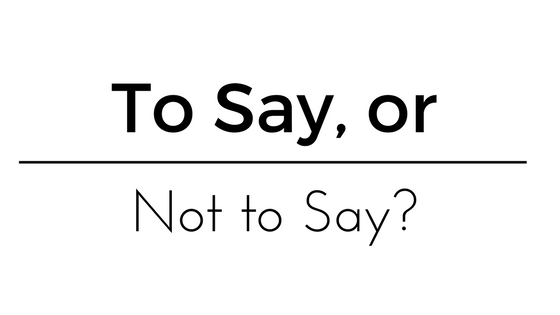Female lawyers and legal assistants could be earning as little as two-thirds what their male colleagues earn, with industry experts saying female lawyers tend to undervalue their skills.
The Workplace Gender Equality Agency data, released on Tuesday, reveals a 35.6 per cent pay gap between male and female employees in the legal industry.
This puts the industry behind management consulting, accounting, retail and mining in terms of the pay gap. Only the finance sector had a worse gap, at 37.8 per cent.
Across all industries, the average gender pay gap was 24.7 per cent.
It is the first time that law firms with more than 100 employees have had to disclose their salary information to the federal agency.

The salary data is based on 28,109 employees at 66 law firms, but does not include equity partners’ remuneration.
The federal agency has not released further information about the salary data. But a NSW Law Society report found that, on average, a full-time female solicitor in NSW was paid $103,000, compared with $132,000 for a full-time male.
Female lawyers tended to underrate their ability when it came to remuneration discussions, said Sue Kench, managing partner at King & Wood Mallesons and the only female managing partner of a major law firm.
“Women can be high performers. The challenge is, men think they are better than they are and women tend to underrate themselves. From a leader’s perspective, I think women are underscoring themselves and I encourage them to put themselves forward . . . men will always put themselves forward, in some cases too early.”
Maddocks chief executive Michelle Dixon said the pay gap reflected the slower rate of promotion for women in law.
“Certainly we do see the men pushing harder earlier in their careers.”
“I see women leaning out and men pushing harder for promotions.”
DIFFERENT PRACTICE AREAS
The gender pay gap in the legal profession also reflected the representation of female lawyers in some areas of the practice, Holding Redlich managing partner Chris Lovell said.
“I think women and men are the same when it comes to negotiating salaries,” he said, adding that the “potential difference may be that some practice areas that haven’t had big profit margins and women lawyers tended to be over-represented in these areas”.
Traditionally, female lawyers have tended to choose areas such as employment, family law and some areas of property, while the more profitable practice groups such as M&A, banking and finance, commercial litigation and infrastructure attracted more male lawyers.
The data also unveiled a skewed gender profile in the equity partnership pool. Across the 13 law firms with 500 or more employees, only one in five equity partners were female.
Minter Ellison, which did not partake in The Australian Financial Review June partnership survey, disclosed that 33 out of 181 equity partners, or 18 per cent, were female, and all of their four managing partners were male.
When it came to parenting and workplace flexibility, law firms fared better than the industry average.
Nearly 70 per cent of law firms said they offered employees on parental leave full salary on top of the government’s paid leave scheme, compared to only 40 per cent across all industries.
All the law firms with 100 or more staff said they offer flexible working hours, part-time work and unpaid leave. Like many other employers, 70 per cent of law firms said they did not have any strategy or policy to deal with domestic violence.
This article was originally published on Financial Review 28th November Read the original article









Leave A Comment